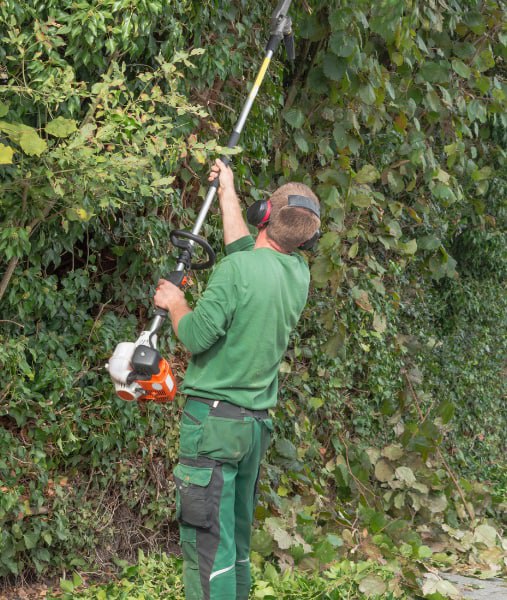
Introduction: Trees are a beautiful and essential part of our natural environment, but they can also pose risks to people, property, and the environment, particularly when they become hazardous due to disease, decay, or structural weaknesses. Tree risk assessment is a crucial process that helps identify and manage potential hazards associated with trees. In this blog post, Tenterden Tree Surgeons will explore the importance of tree risk assessment, how it is conducted, and steps to manage tree hazards effectively.
The Importance of Tree Risk Assessment
- Safety: The primary goal of tree risk assessment is to ensure people’s and property’s safety. Hazardous trees can pose significant risks, especially during storms or adverse weather conditions.
- Property Protection: Hazardous trees can cause damage to buildings, vehicles, and other structures, leading to costly repairs or insurance claims.
- Environmental Preservation: Early detection and management of tree hazards can help preserve healthy trees and the local ecosystem.
- Legal Liability: Property owners may be liable for damages or injuries caused by hazardous trees if they know the risks and fail to address them.
Conducting Tree Risk Assessment
Tree risk assessment systematically evaluates trees to determine their potential hazards. It typically includes the following steps:
- Visual Inspection: Begin with visually inspecting the tree’s overall health, structure, and surroundings. Look for signs of decay, disease, or structural weaknesses.
- Assessing Site Conditions: Consider the tree’s location and proximity to structures, roads, sidewalks, and utility lines. These factors can increase the risk associated with a tree.
- Tree Species and Age: Different tree species are susceptible to diseases and decay. The age of a tree can also affect its structural integrity.
- Climbing Inspection: A certified arborist may sometimes need to climb the tree for a closer inspection, using tools like seismograph drills or sonic tomography to assess internal decay or damage.
- Risk Evaluation: Arborists use a rating system to assess the level of risk associated with the tree. Factors like the size of branches, location, and the likelihood of failure are considered.
Managing Tree Hazards
Once hazardous trees are identified through risk assessment, several management options can be employed:
- Pruning: Proper pruning can remove dead or weak branches, reducing the risk of failure.
- Cabling and Bracing: Installing cables and braces can support weak or split branches, reducing the likelihood of failure.
- Removal: In severe cases where the tree poses an immediate threat, removal may be the safest option.
- Regular Monitoring: Trees with low to moderate risks may benefit from regular monitoring and maintenance to address issues as they arise.
- Planting Replacement Trees: Removing a hazardous tree and planting a healthy, more suitable replacement can be a long-term solution.
Conclusion: Tree risk assessment is a critical practice that helps identify and manage potential hazards associated with trees. By conducting thorough assessments and taking appropriate action, we can ensure people’s and property’s safety while preserving the environmental and aesthetic benefits of trees. If you have concerns about trees on your property or require professional tree risk assessment and management, Tenterden Tree Surgeons is here to assist you. Remember, proactive assessment and management are key to mitigating tree hazards effectively.
Call us on: 01580 234692
Click here to find out more about Tenterden Tree Surgeons
Click here to complete our contact form and see how we can help with your tree’s needs.